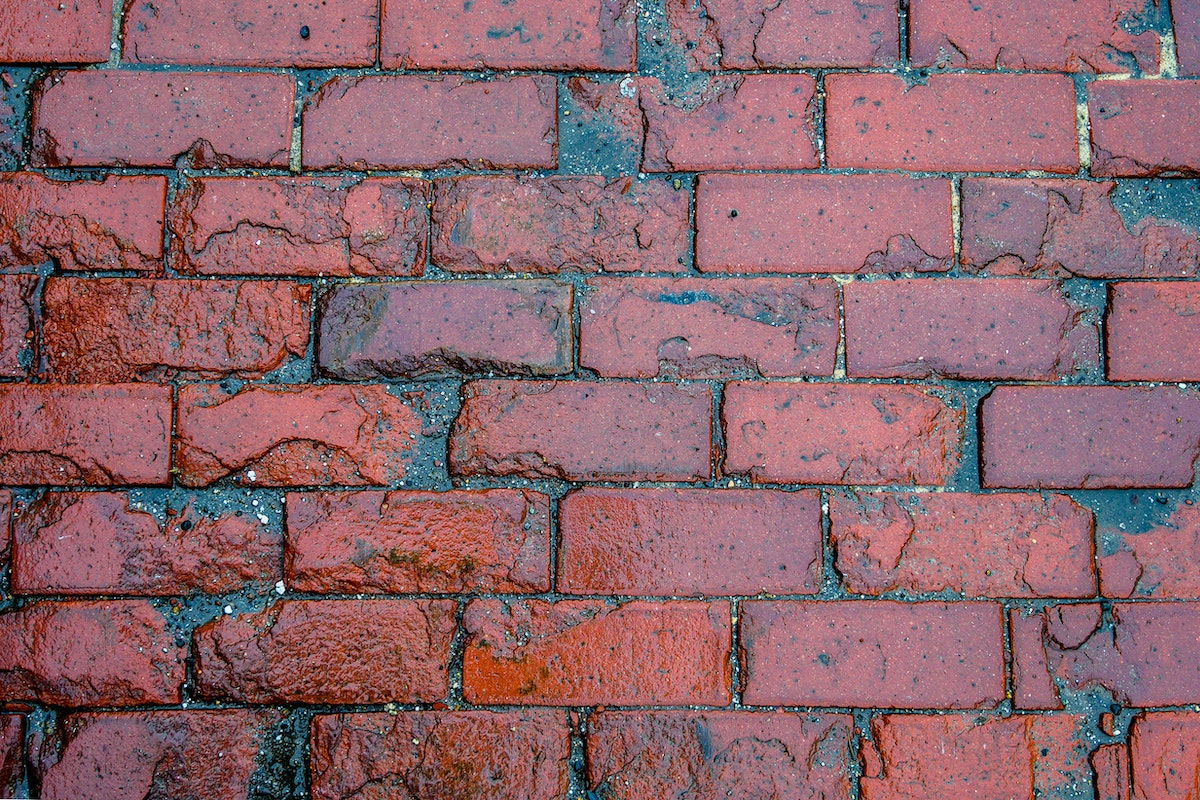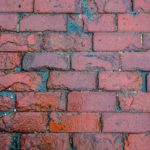
This article discusses the advantages and disadvantages of silicate brick over clay brick, as well as the possible substitutes for clay brick. Silicate bricks are considered a “green building material” and can be used as a substitute for burnt clay bricks by offering advantages for agricultural land protection, environmental protection and energy saving. Clay bricks are still one of the main brick materials, but other common materials such as sand, lime and concrete are also being used. Researchers are investigating the effects of varying lime composition on the compressive and flexural strength of compressed silicate limestone bricks. Silicate bricks are considered green building materials due to their low energy consumption and the ability to use them in a wide variety of applications. The energy savings from using silicate bricks instead of burnt clay bricks can be quite significant. Silicate brick walls not only offer protection from fire but also provide excellent insulation for buildings, which helps protect energy. Additionally, these walls also provide some form of protection against environmental damage such as dust and noise pollution.
Concrete bricks have impressive strength and are made of a combination of cement, sand, and water. These bricks are popular for engineering applications because of their high compressive strength and durability. Engineering bricks have ideal qualities for construction projects as they are strong, durable, and resistant to moisture. Concrete bricks are used in both residential and commercial settings, as well as for foundations, sewers, retaining walls, manholes and other large-scale construction projects. They provide immense compressive strength which is the ratio between the force applied on a material’s surface area to its thickness or density. Structural engineers require this strength when creating foundations or building walls that will be exposed to external elements such as wind pressure or soil erosion. Engineering bricks are also used in certain applications where they need damp-proof materials such as around sewers or manholes to protect against moisture seeping into the structure.
Clay bricks have been used in construction since ancient times and are the most common type of brick used in construction today. Clay bricks are made from clay, sand and other mineral pigments, and then fired in kilns at high temperatures to produce a hard brick. Burnt clay bricks are categorised according to their properties such as compressive strength, water absorption, bulk density, and so on. Unburnt bricks are also known as raw bricks or green bricks which can also be categorised according to their type. Sand lime bricks and fly ash clay bricks belong to this category of unburnt or raw bricks which are usually mixed with cement or lime mortar for better strength. Calcium silicate bricks are the other popular category of brick that is used widely in civil engineering works such as load-bearing walls, columns etc. These calcium silicate bricks provide better strength compared to traditional burnt clay ones but remain cost-effective when compared with concrete blocks or AAC (Autoclaved Aerated Concrete) blocks. Interlocking Bricks have become increasingly popular for constructing walls due to their ease of use and low cost when compared with other types of bricks.
Silicate Bricks are a type of Interlocking Brick that is made from a combination of sand, lime, and possibly colour pigment. The bricks are then fired in a kiln at high heat and pressure to produce strong, durable and long-lasting walls. Clay Bricks, also known as Burnt Clay Bricks, are also popular for constructing walls due to their dry or wet composition. However, Silicate Bricks have a higher compressive strength than Clay Bricks due to their Calcium Silicate content. This makes them ideal for building multi-storeyed or storied buildings or load-bearing walls as they can withstand more pressure than clay bricks. In addition to its high compressive strength, the chemical reaction between sand and lime during firing provides additional strength to the silicate brick making it more suitable for use in larger structures than clay bricks.
Compared to clay bricks, silicate bricks can also be used in more stringent environments such as those exposed to extreme temperatures or weathering. They also have a greater resistance to thermal expansion than concrete and clay bricks and will not form hairline cracks when subjected to increased temperatures. Silicate bricks are also ideal for use in damp-proof courses as they do not absorb moisture and therefore do not promote the growth of mould or mildew. Additionally, they are less likely to suffer from shrinkage during brick firing due to their high silica grain volume, making them an excellent choice for solid walling applications. In terms of appearance, silicate bricks often look similar to clay facings but with a slightly glossy finish due to the glazing process used in their production.
The ash created from burning coal is used to create the brick, which has a lower water absorption rate than clay bricks. This means that silicate bricks are less porous and are an environmentally friendly alternative to reducing the use of clay bricks. Using fly ash in the production process also reduces coal consumption as fly ash has a lower content of calcium oxide than traditional clay facings. This results in slower strength development and extended set times during the making process, creating an additional result of high concentrations of concentration that can cause damage to other materials used in brick construction.
The Silicate brick manufacturing process uses a variety of materials and processes to create bricks with improved properties. This includes adding numerous waste materials such as marble paper waste, pumice waste marble and other common materials that are recycled and reused in the production process. In this way, silicate bricks can replace clay bricks that require more energy and resources to produce. The microstructure of silicate bricks is also different from clay bricks, allowing them to be manufactured using lime concrete, sand-lime or other main brick materials.









